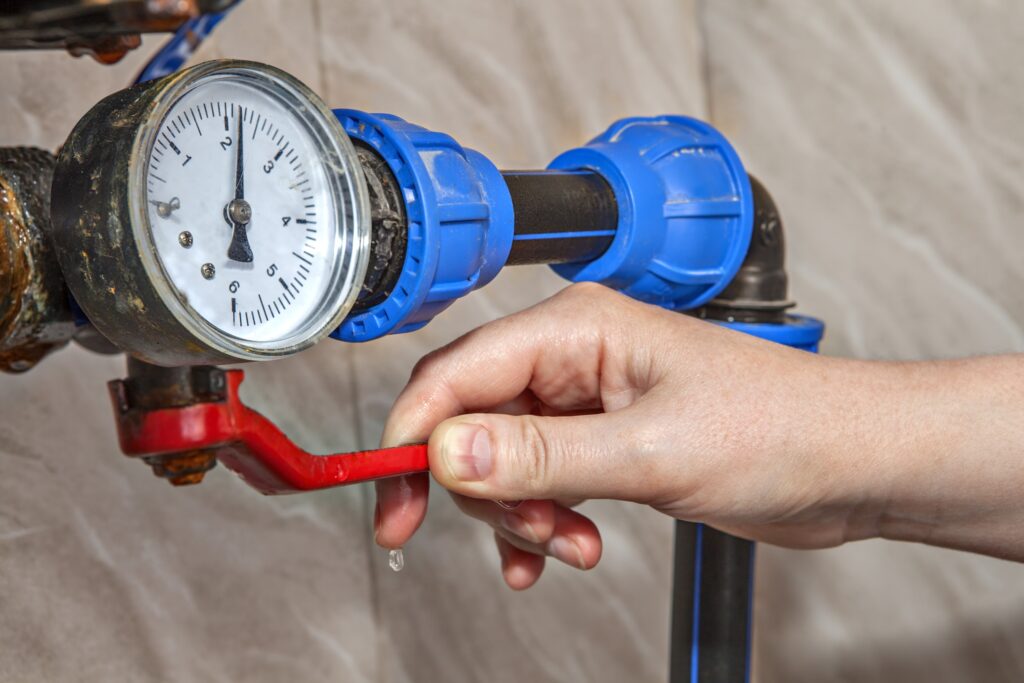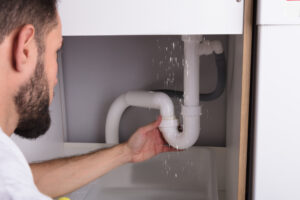Top Winter Plumbing Tips for Homes in DC, Maryland & Virginia
Winter is coming. Is your home ready? Winter weather and freezing temperature can be hard on your plumbing, but a few simple steps can help protect it. As you prepare for the coming cold season, protect your home from frozen and burst pipes with these seven steps.
1. Fix Plumbing Leaks
Leaving leaks during the winter is never wise. Leaks, no matter the season, add to wasted water and utility expenses, so the sooner you address them, the better. Should the leaky area freeze in the winter, the water will expand. This increases the size of the leak and the amount of money you must spend to repair it.
2. Keep a Dripping Faucet
Before you go to bed, if the temperature is forecasted to dip below freezing, turn on a faucet with pipes running along an exterior wall for a slow drip. This keeps the water flowing, which reduces the risk of freezing. It also protects against burst pipes if the water does freeze because it prevents pressure from building up between the faucet and an ice formation.
3. Open Cabinets
Open the cabinets that hide your pipes, like the cabinets under your sinks. This allows more heat to flow to them, which can prevent freezing. This is particularly helpful for cabinets and pipes along exterior walls.
4. Add Pipe Insulation
Add pipe insulation on exposed pipes in your basement, along exterior walls, and outside your home. Wrap pipes in insulation tubes made from fiberglass or polyethylene to add a layer of protection against freezing. All unheated areas of your home that have pipes need pipe insulation on the pipes.
5. Disconnect Any Outdoor Pipes
Disconnect outdoor pipes by loosening the hose and turning off the valve leading to the outdoor water spigot. This prevents water from running to exterior lines, where it’s more liable to freeze. It also eliminates the risk of water remaining in the hose from damaging the faucet. Store the hose indoors so it does not suffer damage over the winter months.
6. Seal Off Your Crawl Space
A ventilated crawl space is often a problem in the winter. Seal off crawl space vents with thick cardboard and duct tape. This will protect any pipes that run through the crawl space. In addition, seal the access to the crawl space to prevent cold air from entering the space. If you have a basement instead of a crawl space, inspect the windows to ensure they are not letting cold air in.
7. Drain Your Water Heater
Over time, hard water causes sediment buildup in the water heater. This sediment turns in to rust, which you could end up drinking or cooking with. As you prepare the home for winter, drain the water heater to remove some of the sediment. If you find that the water coming out is rusted, consider purchasing a new water heater before it gets too much colder. You need to know you have reliable hot water when the winter months hit.
Getting your home and your plumbing systems ready for winter isn’t hard, but it does require a little bit of attention. To make sure you’re getting everything right, consider partnering with the pros at Stang Plumbing. We’ve been serving the Gaithersburg area for over 50 years and have high ratings from many satisfied customers.
Reach out for an estimate today, or call (301) 926-1462 to learn more about our plumbing winterizing services.



